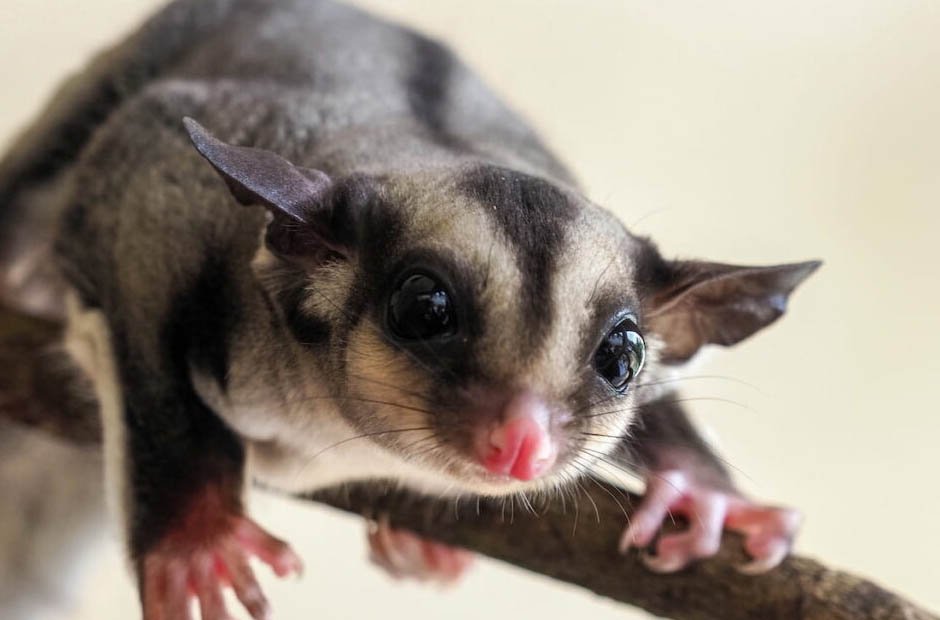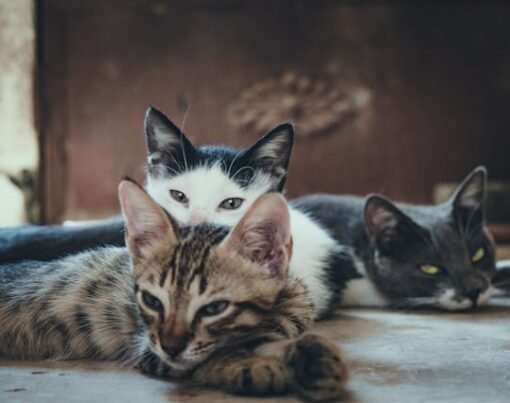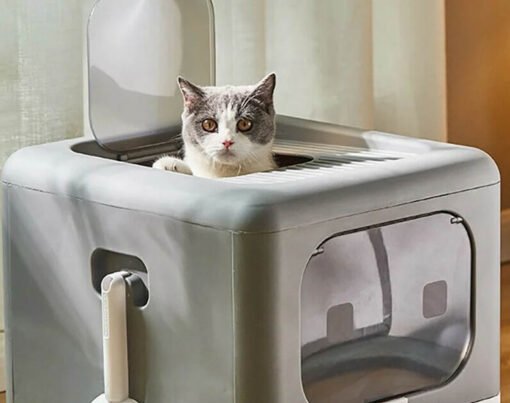Welcome to the ultimate guide for caring for your adorable sugar glider! These cute and curious creatures are a popular choice as pets due to their playful nature and unique personalities. However, as with any pet, it is important to provide proper care and attention to ensure your sugar glider’s health and happiness.
In this guide, we will discuss some essential tips and tricks for taking care of your cute sugar glider, including their diet and nutrition, as well as how to set up a suitable habitat for them. Read on.
Table of Contents
Sugar Glider Diet and Nutrition
Sugar gliders are omnivorous animals, meaning they eat both plant-based and animal-based foods. In the wild, they mainly feed on insects, fruits, nectar, and tree sap. As a pet owner, it is crucial to provide a well-balanced diet for your sugar glider to ensure they receive all the necessary vitamins and nutrients. Some staple foods that should be included in their diet are:
- Pellets for sugar gliders
- Fresh fruits
- Vegetables
- Insects
It is essential to avoid feeding your sugar glider any sugary or processed foods as these can lead to health issues such as obesity and dental problems. It is also crucial to provide a variety of foods in their diet to prevent boredom and ensure they receive well-rounded nutrition.
Sugar Glider Habitat Setup
Creating a suitable habitat for your sugar glider is crucial for their overall well-being. Here are some essential elements to consider when setting up their living space:
Cage Size
Sugar gliders require a relatively large cage as they are active animals that need plenty of room to jump and glide. A minimum size of 24 x 24 x 36 inches is recommended for a pair of sugar gliders.
Cage Materials
For their safety, it is best to choose a cage made of sturdy materials such as metal or heavy-duty plastic. Avoid cages with large gaps or openings that they can squeeze through.
Substrate
Line the bottom of the cage with a safe and absorbent substrate, such as shredded paper or recycled paper-based bedding.
Enrichment
Sugar gliders are intelligent animals and need mental stimulation to thrive. Provide toys, climbing structures, and hiding places in their cage for them to explore and play with.
Temperature and Humidity
Sugar gliders are native to warm and humid climates, so it is important to maintain a temperature of 70-90°F and humidity levels of 50-70% in their living space.
It is also essential to regularly clean and disinfect your sugar glider’s cage to prevent any potential health hazards. With the right diet, care, and habitat setup, your sugar glider will live a happy and healthy life as your beloved pet.
Bonding with Sugar Gliders
Many enthusiasts explore the world of exotic pets for hobbyists, with a particular interest in sugar gliders due to their charming and social nature. These social creatures form strong bonds with their owners and thrive on companionship. Here are some tips to help you build a strong bond with your sugar glider:
Spend Time with Them Daily
Sugar gliders need regular interaction to feel comfortable and secure. Make sure to spend time with them every day, whether it’s playing, cuddling, or just having them on your shoulder while you go about your daily activities.
Offer Treats by Hand
One of the best ways to bond with your sugar glider is through food. Start by offering treats from your hand and gradually work up to feeding them their regular meals by hand.
Be Patient
Building a bond with your sugar glider takes time and patience. It is essential to respect their boundaries and not force them into any actions they are not comfortable with.
Remember to always handle your sugar glider gently and with care, as they have delicate bodies that can easily be injured if handled roughly. With consistent love, attention, and positive reinforcement, you will soon have a strong and trusting bond with your adorable sugar glider.
Sugar Glider Behavior
Understanding your sugar glider’s behavior can help you provide the best care for them. Here are some common behaviors to look out for and what they might mean:
Barking
Sugar gliders will bark when they feel threatened or scared. If your sugar glider is barking, take a step back and allow them to calm down.
Hissing
Sugar gliders will hiss as a warning sign when they feel threatened or in danger. They may also do this if you move too quickly or make sudden movements around them. Respect their space and take it slow so that they don’t feel the
Grooming
These animals are very clean and will spend a lot of time grooming themselves and their cage mates.
Biting
While sugar gliders are generally not aggressive animals, they may bite if they feel threatened or stressed. It is important to handle them gently and respect their boundaries to prevent any biting behavior.
Gliding
Sugar gliders have a unique ability to glide through the air using a membrane between their wrists and ankles. This is a natural behavior for them and should not be discouraged.
Bonding with Cage Mates
Sugar gliders are social animals and form strong bonds with their cage mates. It is important to keep them in pairs or groups to prevent loneliness and promote their natural behavior.
Being aware of your sugar glider’s behavior can help you identify any potential issues and provide the best care for them. If you notice any unusual behaviors or signs of illness, it is best to consult with a veterinarian who specializes in exotic animals.
Give Your Cute Sugar Glider the Care It Deserves
Caring for your cute sugar glider is a rewarding experience that requires attention, patience, and love. By providing a balanced diet, suitable habitat, and regular bonding time, you can ensure your sugar glider will live a happy and healthy life as your beloved pet.
Remember to always do your research and consult with experts if you have any questions or concerns about your sugar glider’s care. Continue giving them all the love and attention they deserve! Keep learning about their unique needs and quirks to ensure a happy life for both you and your furry friend.
Remember, a well-cared-for sugar glider is a happy sugar glider. Happy bonding!
Make sure to never miss a post by subscribing to our blog today! Dive into a wealth of information, tips, and shared experiences that will help you.










